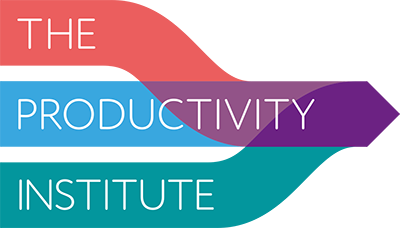Helping firms along the right road
Over the last year businesses across the country have been supported by the government through the furlough scheme, loans and grants. But what effects have these schemes had on firms and how will this shape their performance in the future?
It’s early days of course and the impacts of Covid-19 continue to be felt in many sectors, but in some new research supported by the The Productivity Institute we look at some early impacts.
Ultimately, we are interested in how schemes such as furlough and loans shape firms’ growth and productivity. Data to assess these bottom-line effects will only become available later in 2021 and early 2022. For now though we can explore how these schemes are influencing firms’ behaviour and that of their workforces. So, we can consider how these schemes are influencing investment plans and employee well-being.
Both investment intention and employee well-being are well-established lead indicators for future productivity. Investment in equipment, innovation and training will be important in maintaining and building new capacity. Employee well-being – good mental and physical health – also contributes to higher productivity.
Our analysis draws on two surveys of small and medium enterprises (SMEs) covering around 12,000 firms in total. The surveys were conducted in the middle of the pandemic period (October 2020 to March 2021). We use statistical models which allow us to standardise for other factors and estimate the effects of the furlough scheme, the Coronavirus Business Interruption Loan Scheme (CBILS) and Bounce Back Loans (BBLs).
We find that the furlough scheme and loan schemes both individually, and when firms are in receipt of both, have a strong and positive effect on firms’ future investment plans. For example, businesses which received a combination of furlough and loans are 17.2 percentage points more likely to plan investments in capital equipment than firms with no pandemic support. These strong effects are consistent across a range of different types of investment planning. Impacts also tend to be larger among smaller firms. This makes sense as smaller firms are likely to be more cash constrained and so the loan and furlough schemes are making most difference in these businesses.
The furlough and loan schemes are also having positive well-being effects. Firms which received a combination of furlough and loans are 9.2 per cent less likely to report mental health absences and 9.9 per cent less likely to report sickness absences.
So, what is going on here? Well both the furlough and loan schemes are contributing to firms’ cash flow and this may be encouraging investment planning. The link to well-being is less direct, but the use of furlough may have positive effects in terms of job security. We also know that many firms have introduced new support mechanisms for employees over the pandemic period and this may be easier to do when the firm has stronger cash flow.
While it is too early to draw firm conclusions, our results suggest that loans and the furlough scheme are contributing to more positive investment intentions and employee well-being, and in doing so potentially sustaining or growing productivity in the longer term. In what remains a very difficult period, this provides some good news for the Treasury and for recipient firms and their workforces about potential impacts on future productivity.
This blog is based on The Productivity Institute working paper COVID-19, business support and SME productivity in the UK which was written by academics at The Enterprise Research Centre based at Warwick and Aston University Business Schools.




